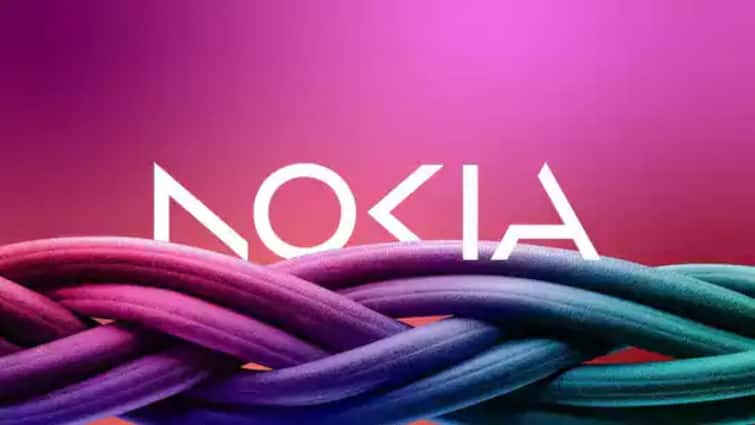The Chief Executive Officer (CEO) of Nokia, Pekka Lundmark, recently made a phone call by using a new technology known as the “immersive audio and video.” The call was made using a regular smartphone over a public 5G network and it was made to Stefan Lindstrom, Finland’s Ambassador of Digitalisation and New Technologies. This new technology makes the interactions more lifelike and it also improves the quality of a call with three-dimensional sound. Lundmark after the successful completion of the call said, “We have demonstrated the future of voice calls.” Notably, Lundmark is the same man who was also present in the room when the first 2G call was made in 1991.
In the present times, the smartphone calls that we make are monophonic which compresses the audio elements together. The sound is flatter and less detailed in these calls, however, the new technology will bring 3D audio through which a caller will hear everything as if they were standing in front of the person who is at the other end of the call.
The president of Nokia Technologies, Jenni Lukander, said, “It is the biggest leap forward in the live voice calling experience since the introduction of monophonic telephony audio used in smartphones and PCs today.”
Lukander further said, “This is now becoming standardised … so the network providers, chipset manufacturers, handset manufacturers can begin to implement it in their products.”
ALSO READ | Apple WWDC 2024: What All Can We Expect? From iOS 18 To visionOS 2 & More
Immersive Audio & Video Technology
In addition to enhancing person-to-person immersive calls, this technology can be utilised in conference calls to separate participants’ voices based on their spatial locations, explained Jyri Huopaniemi, head of audio research at Nokia Technologies.
Most smartphones are equipped with at least two microphones, enabling the implementation of this technology by transmitting the spatial characteristics of a call in real-time, the executives noted.
This technology is part of the forthcoming 5G Advanced standard, and Nokia aims to explore licensing opportunities. However, it will likely take a few years before the technology is widely available.

